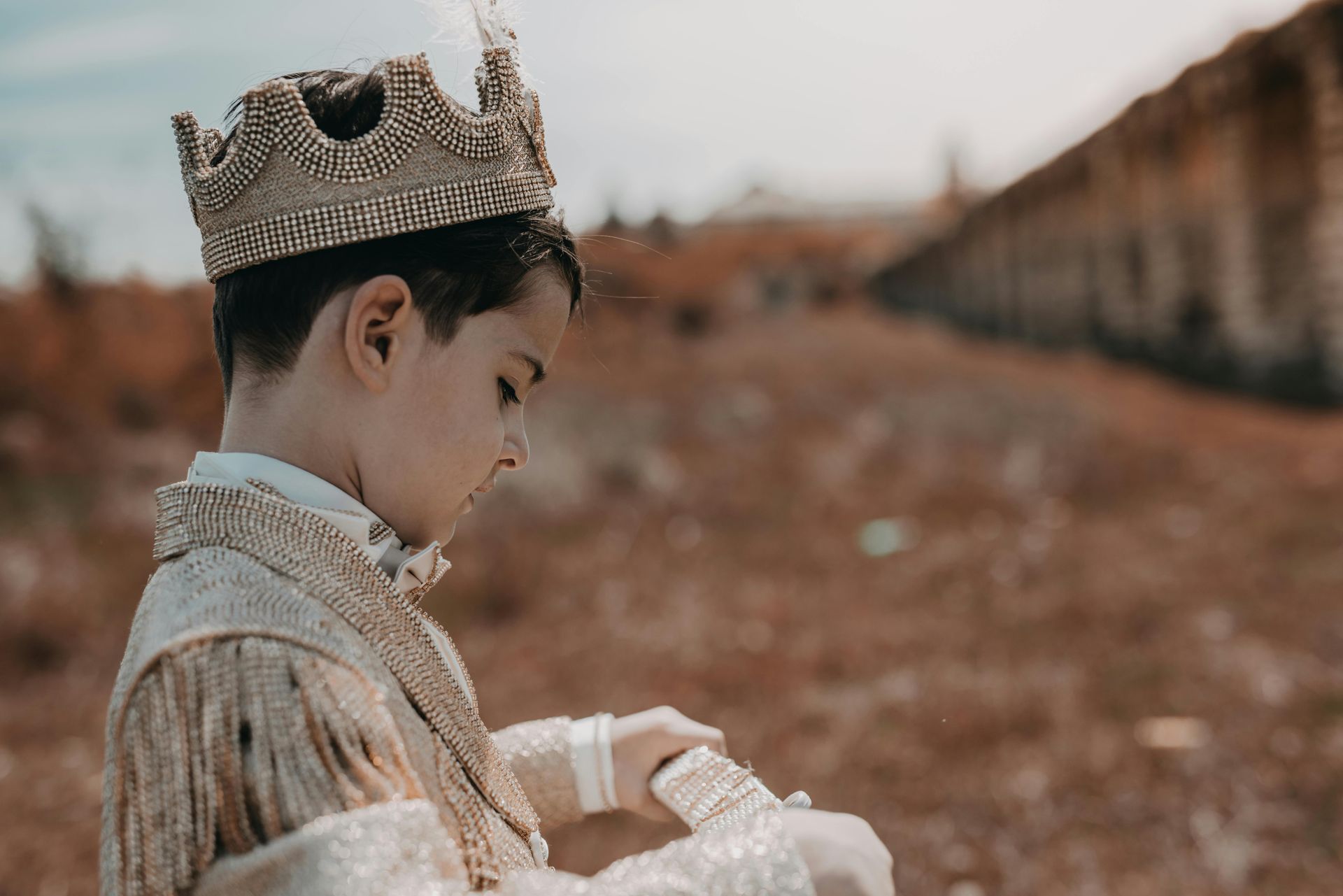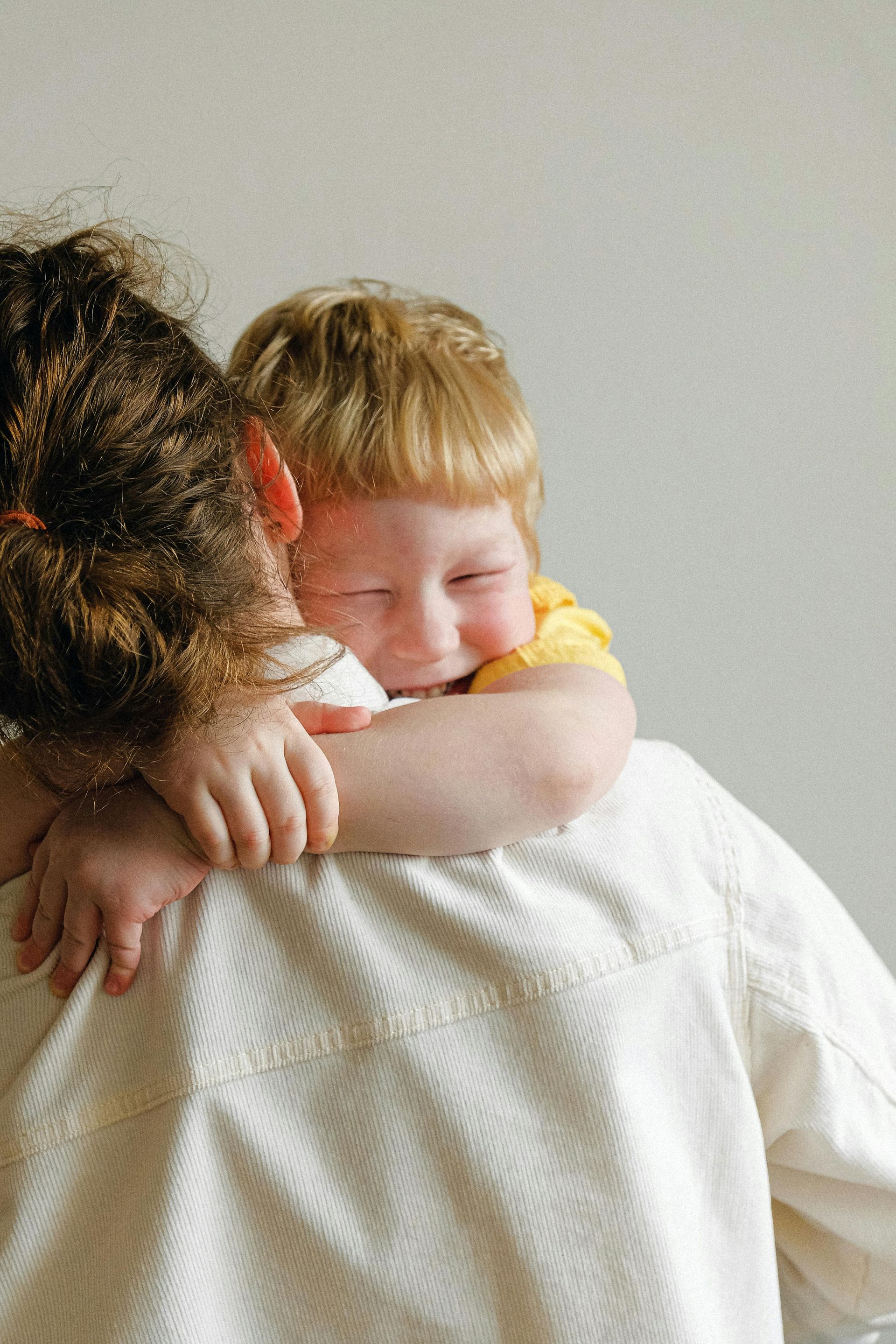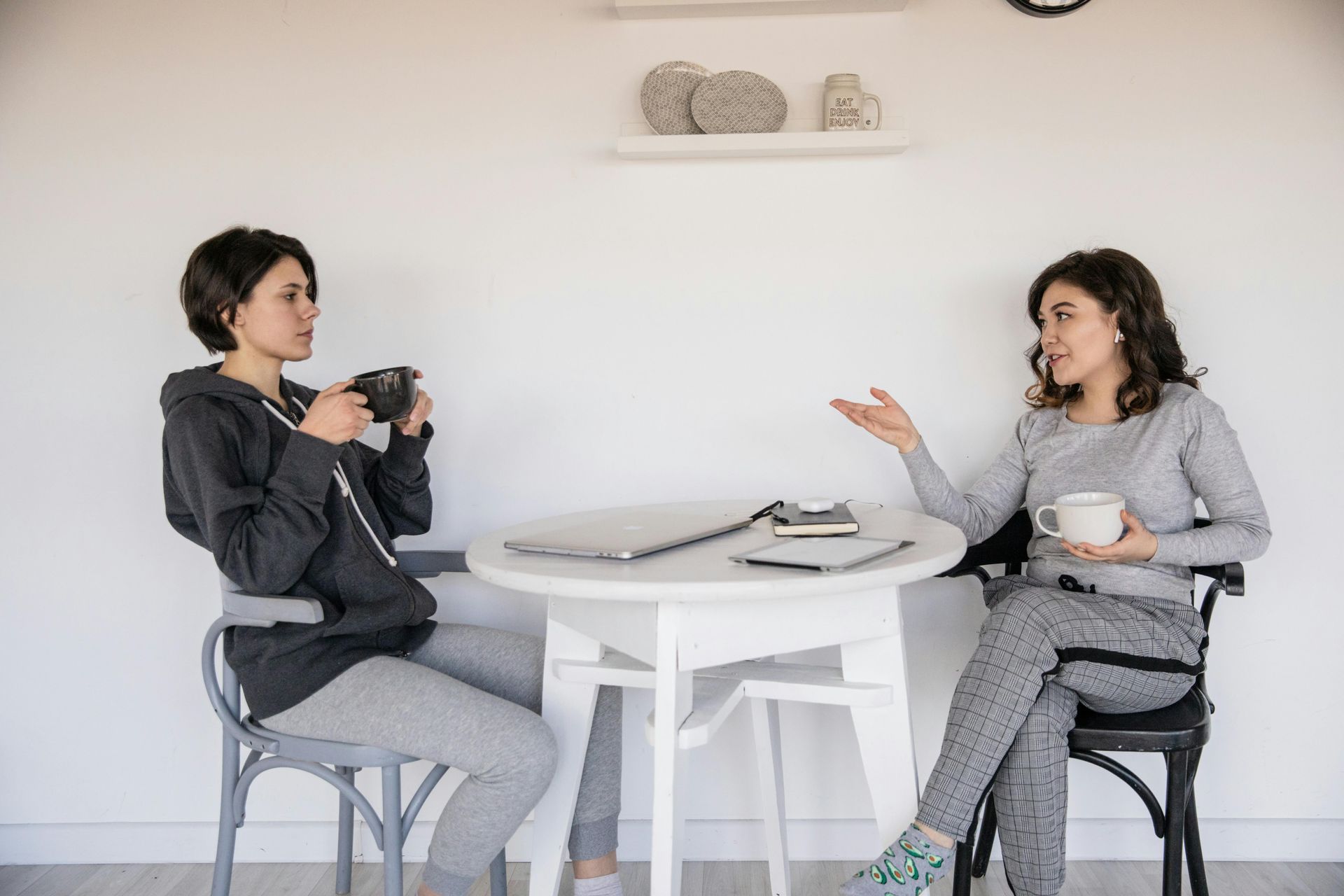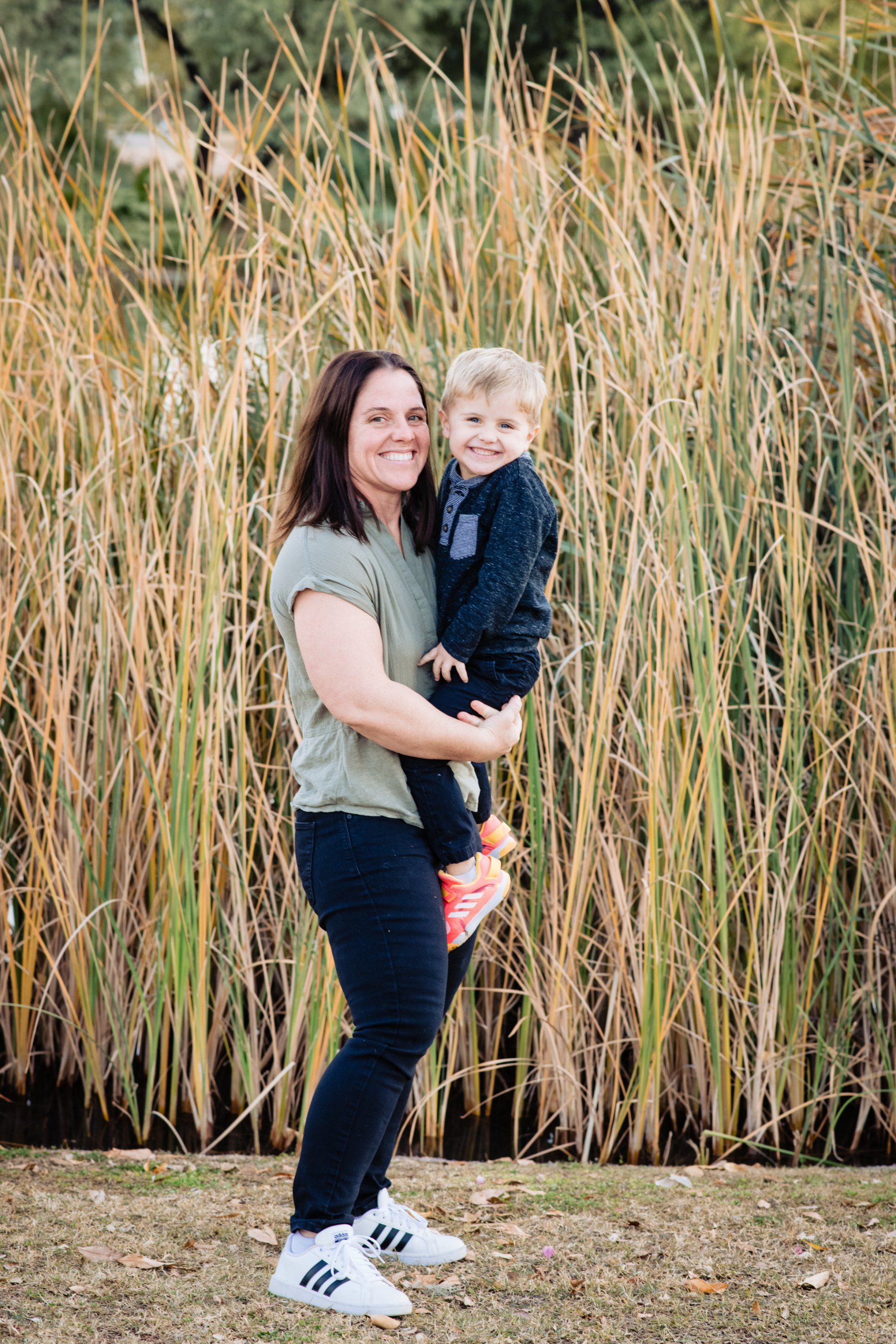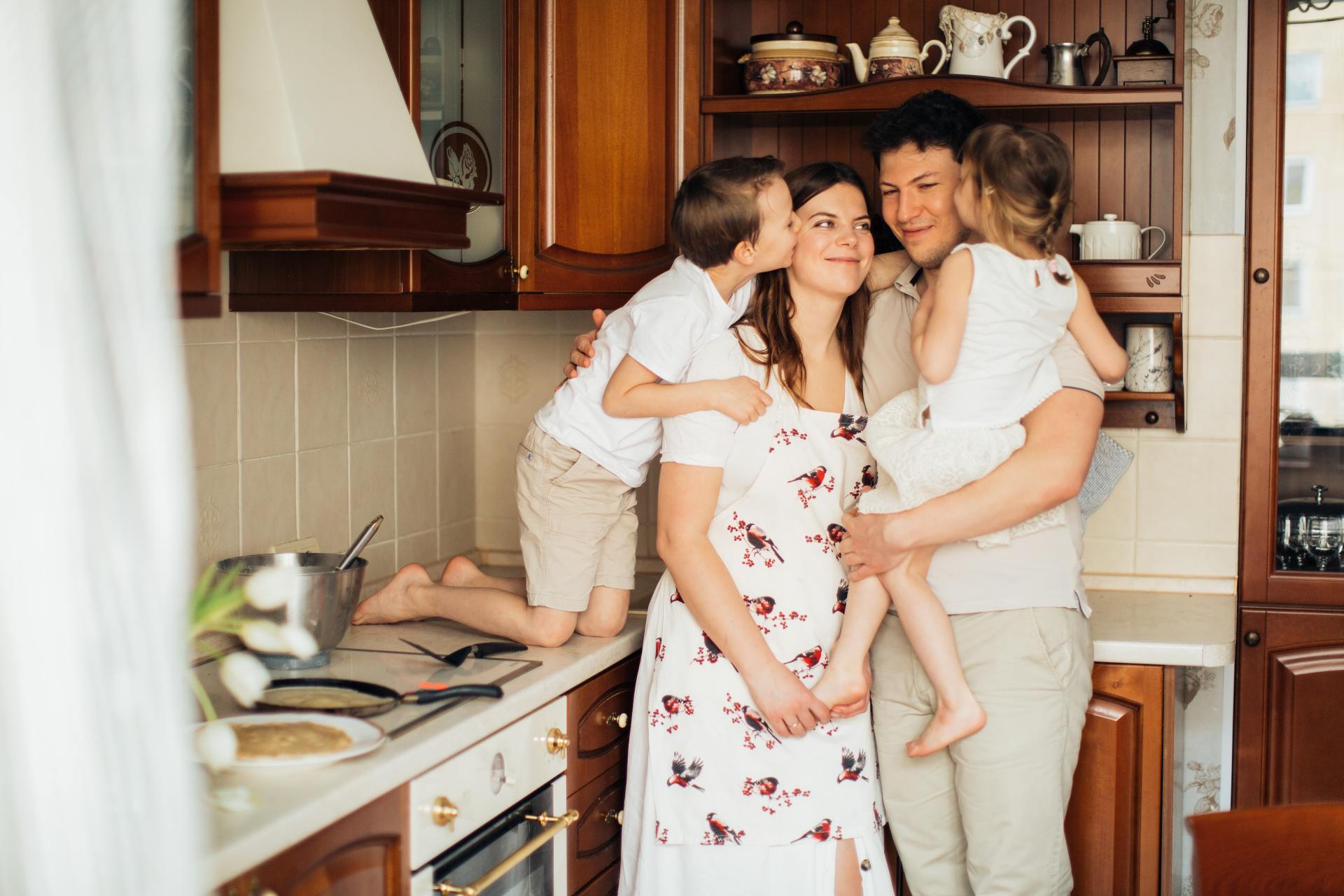ARE YOU REALLY CURIOUS?
You’re Asking Questions, But Are You Actually Curious?

Most of us believe we are curious. We ask questions all day long. We want to know what our children think, what they want, who they talked to, what they meant, and how they feel. It feels like curiosity, but often it is something else entirely.
True curiosity is the gentle desire to understand without needing anything in return. It is the willingness to listen without interpreting, fixing, or judging. When we approach someone this way, we are not gathering information to compare, control, or reassure ourselves. We are opening a space where they can feel seen exactly as they are. This kind of curiosity helps us love more deeply, and it invites the other person to understand and love themselves more deeply too.
The biggest question I want you to sit with is this: As an adult, when was the last time you asked a question that came from pure curiosity?
Not curiosity mixed with fear.
Not curiosity mixed with control.
Not curiosity mixed with the urge to guide, correct, or prevent a mistake.
Not curiosity mixed with your own need for reassurance.
Just simple, open, wholehearted curiosity.
When was the last time you wanted to know more purely to know someone better, so you can love and accept them at an even deeper level?
Children are curious by nature. Truly curious. They wonder without agenda. They ask because they want to understand or connect. Their curiosity is pure in a way adulthood often forgets. But as we grow, we lose that purity. We become less curious and more fearful.
Our questions begin to take on motives.
We ask to protect our beliefs.
We ask to impart our judgement appropriately.
We ask to make sure nothing bad will happen.
We ask to maintain control wherever we can.
We ask so we can give advice and feel useful.
We ask to gather information to help us feel prepared or in charge.
Sometimes we even ask because hearing about another person’s struggle makes our own lives feel more comfortable for a moment.
These motives are human. They are not shameful. But they are not curiosity. And children can feel the difference immediately.
Fear-based questions make a child feel examined.
Curiosity-based questions make a child feel known.
CURIOSITY AS A MIRROR, NOT A MAGNIFYING GLASS
Curiosity can be held in two very different ways.
Fear turns curiosity into a magnifying glass. A magnifying glass is used to inspect, analyze, judge, and search for danger. It makes things look bigger or scarier than they actually are. When we use a magnifying glass with our children, they feel watched, evaluated, or scrutinized.
But love-based curiosity is a mirror.
A mirror simply reflects what is already there. It helps your child see their own feelings, desires, and identity with kindness and clarity. A mirror encourages self-understanding instead of self-doubt. A magnifying glass makes a child believe they are being watched. A mirror helps a child believe they are being known.
Love-based curiosity is the mirror that allows your child to see themselves with compassion instead of fear.
FEAR-BASED MOTIVES AND LOVE-BASED ALTERNATIVES
Below are examples of how fear disguises itself as curiosity in everyday parenting, and what a love-based alternative can sound like.
1. We ask to protect our beliefs.
Fear-based example:
Your child says, “I am not sure I believe in that anymore.”
You ask, “Why would you say that? Who told you that? What made you start thinking this way?”
Love-based instead:
“I want to understand what feels true for you. Will you share more with me about how you are seeing things?”
2. We ask to make sure nothing bad will happen.
Fear-based example:
Your child asks to walk to the store with a friend.
You ask, “Who is going? How far is it? What route are you taking? What time will you be back?”
Love-based instead:
“Let us figure out how we can both get what we need. You want to go with your friends, and I want to make sure you stay safe. Are you open to discussing how we can make that happen?”
You do not need to throw caution to the wind. Honor the fear, listen to it, then lead with love instead of letting fear decide.
3. We ask to maintain control wherever we can.
Fear-based example:
Your child wants to try a new style of clothing.
You ask, “Where would you wear that? Why do you want that look? What will people think?”
Love-based instead:
“Oh, how fun. How do you feel when you wear that? Do you feel more like yourself?”
This shifts the focus from controlling their appearance to supporting their growing sense of self.
4. We ask so we can give advice and feel useful.
Fear-based example:
Your child says, “I am stressed about something at school.”
You respond with, “Did you talk to the teacher? Did you study earlier? Did you organize your materials?”
Love-based instead:
“I am here with you. Do you want me to just listen, or would it feel helpful if we explore solutions together?”
This centers the child’s needs instead of the parent’s impulse to fix.
5. We ask to impart our judgment.
Fear-based example:
Your children come running in after an argument. You immediately ask, “Who hit who first? What happened? Which one of you started it?”
The goal is not understanding. The goal is to label the “good” one and the “bad” one, even if you do not mean to. It subtly teaches the child that your approval depends on getting the answer right or proving innocence.
Love-based example:
“I can see something happened between you two, and I want to understand what each of you felt and needed in that moment. I am here to help us move forward with care.”
This shifts the focus from blame to understanding. From judgment to connection. From “Who is at fault?” to “What happened inside each of you?”
It teaches children they do not need to fear your questions. They do not need to hide the truth. They do not need to perform innocence to stay connected. Instead, they learn that conflict is something you will help them navigate, not something they must defend themselves against.
6. We ask to gather information that helps us feel prepared or in charge.
Fear-based example:
Your child says, “I met someone new today.”
You ask, “What is their name? How old are they? Who are their parents? What class are they in?”
Love-based instead:
“What was it like to meet them? What did you enjoy about that moment?”
This shifts from interrogation to connection.
7. We ask to feel better about ourselves.
Sometimes we ask because hearing that someone else is struggling makes us feel safer or more comfortable about our own lives. We may be unconsciously hoping to hear that someone else is “not doing well” so we feel less alone, less flawed, or less behind.
Fear-based example:
Your child casually mentions, “Emma’s parents are getting divorced.”
You respond with, “Oh really? What happened? Who decided that? Are they fighting? Did someone do something wrong?”
(Here the questions are driven by your own discomfort and a desire to compare or feel reassured.)
Love-based example:
“Oh wow, that can be a lot for a kid to handle. How did it feel for you to hear that? What do you imagine Emma might be needing right now?”
When we shift from seeking reassurance to seeking connection, we teach our children that compassion matters more than comparison.
LOVE-BASED CURIOSITY
Love-based curiosity is something entirely different from the kind of curiosity we often practice in adulthood. It has no agenda. It is not about gathering information so we can guide the next step. It is not about fixing or preventing. It is not about preparing for something that might go wrong.
Love-based curiosity asks questions that help you know your child better and help them know themselves better.
It sounds like:
“How can I know you better right now?”
“What feels true for you in this moment?”
“What helps you feel like yourself?”
“What are you learning about who you are?”
“How can I support you in being more fully you?”
These questions do not direct their path. They illuminate their inner world.
Fear asks questions to control outcomes.
Love asks questions to deepen connection.
When you practice love-based curiosity, your child learns the most important truth: They are worthy of being known and worthy of knowing themselves.
PARENT’S PRACTICE: REBUILDING TRUE CURIOSITY
Choose one moment today and ask your child a question with absolutely no agenda.
Not to guide.
Not to correct.
Not to reassure yourself.
Not to gather information to feel in control.
Just to know them.
Try:
“What stood out to you today?”
“What made you think about that?”
“What helps you feel like yourself lately?”
“What do you wish adults understood?”
Then practice the most powerful skill: Do not respond. Receive.
Let your presence be the curiosity.
Let your listening be the love.
REFLECTION QUESTIONS
- When I ask my child questions, what is usually happening inside me at that moment?
- How would my relationship with my child change if my curiosity came from love rather than fear?
- What would it feel like for my child if I asked fewer questions to manage outcomes and more questions to understand who they are?
- How can I practice holding a mirror for my child instead of a magnifying glass?

